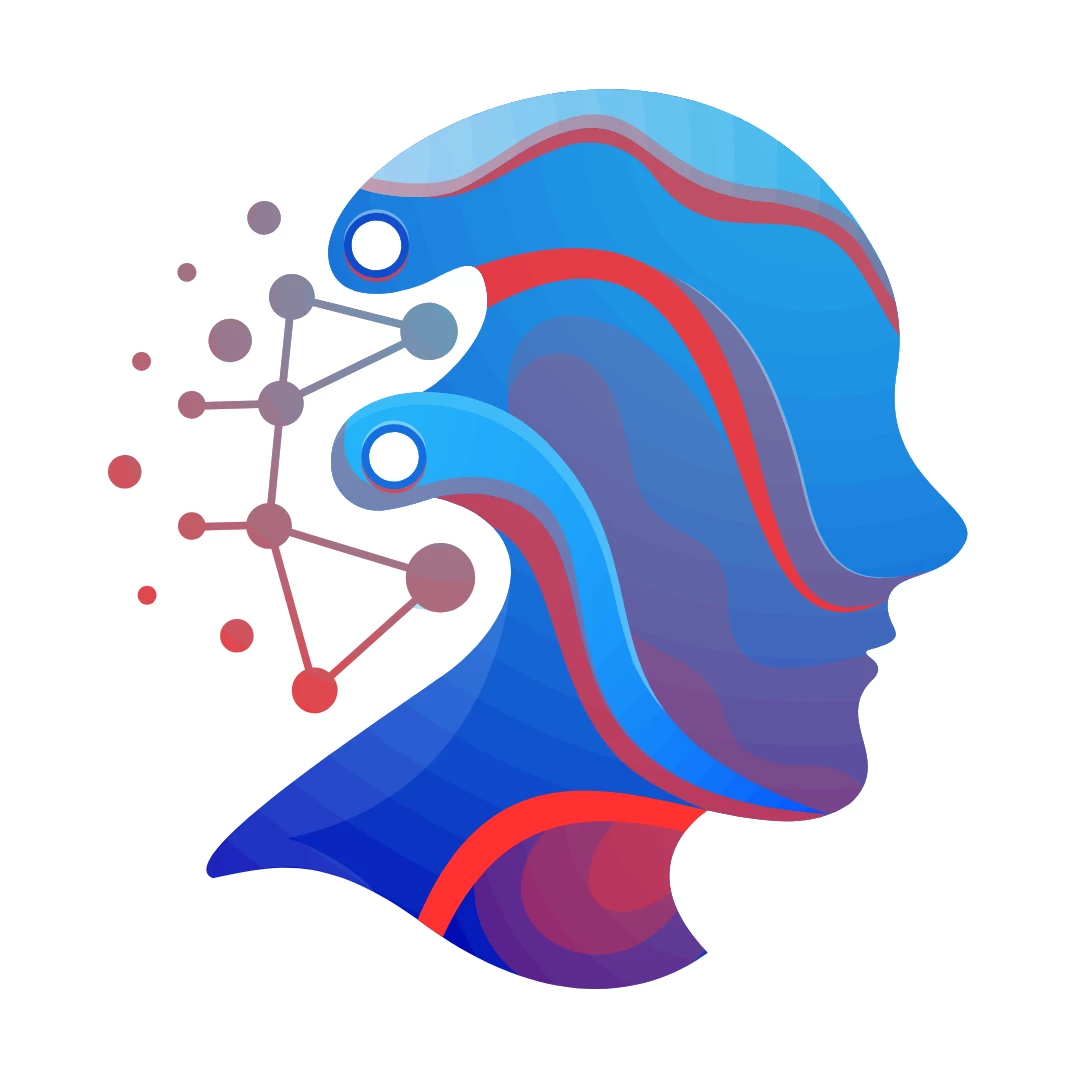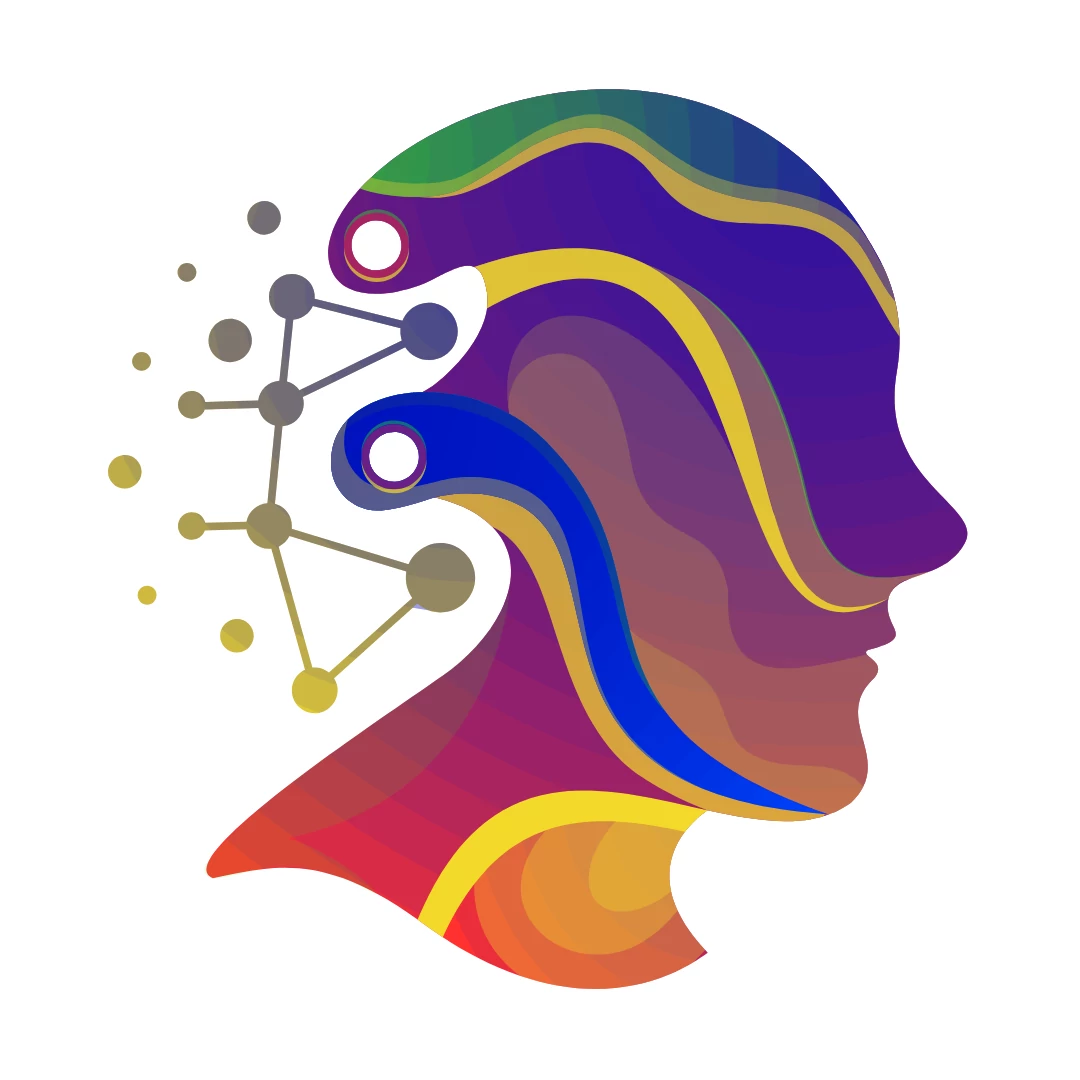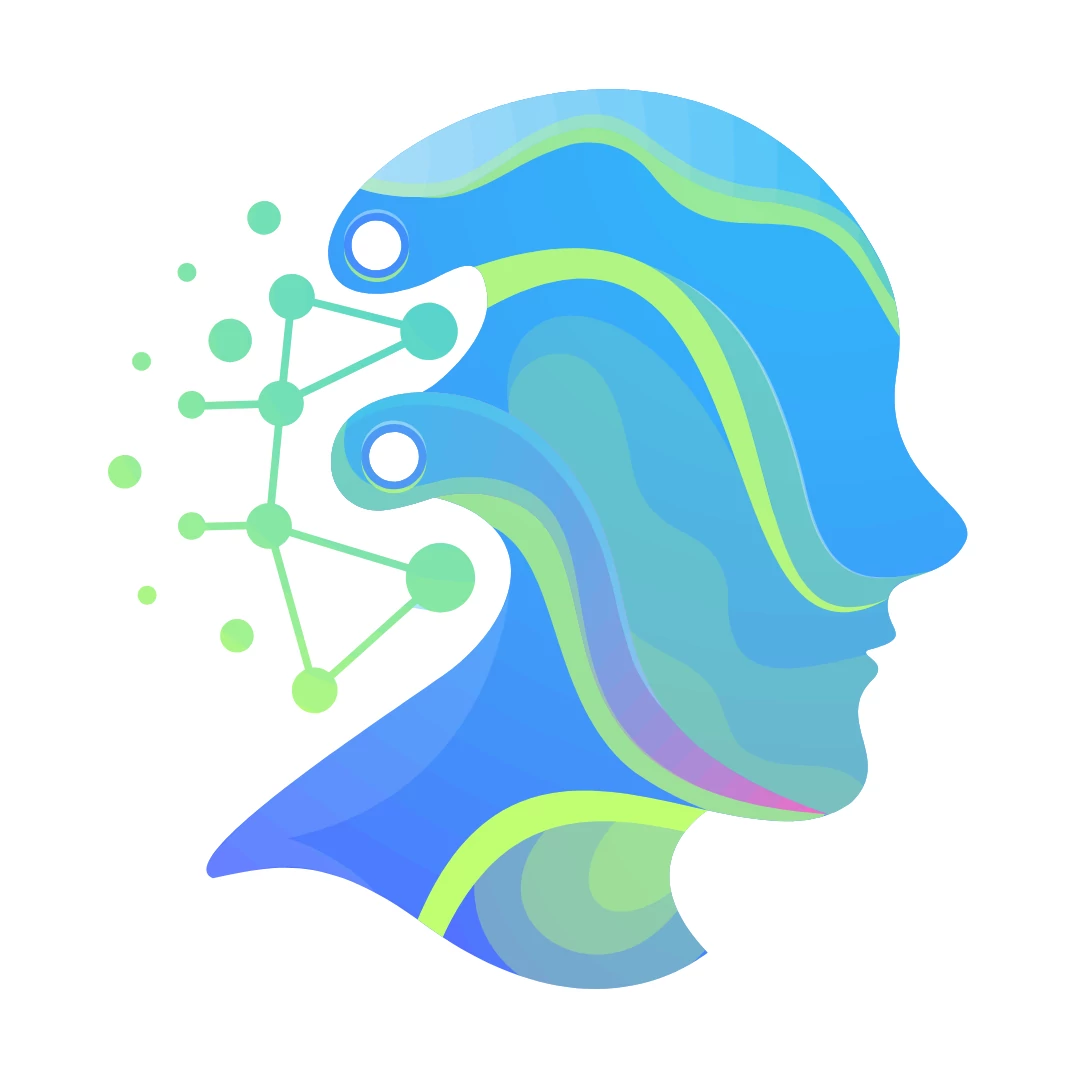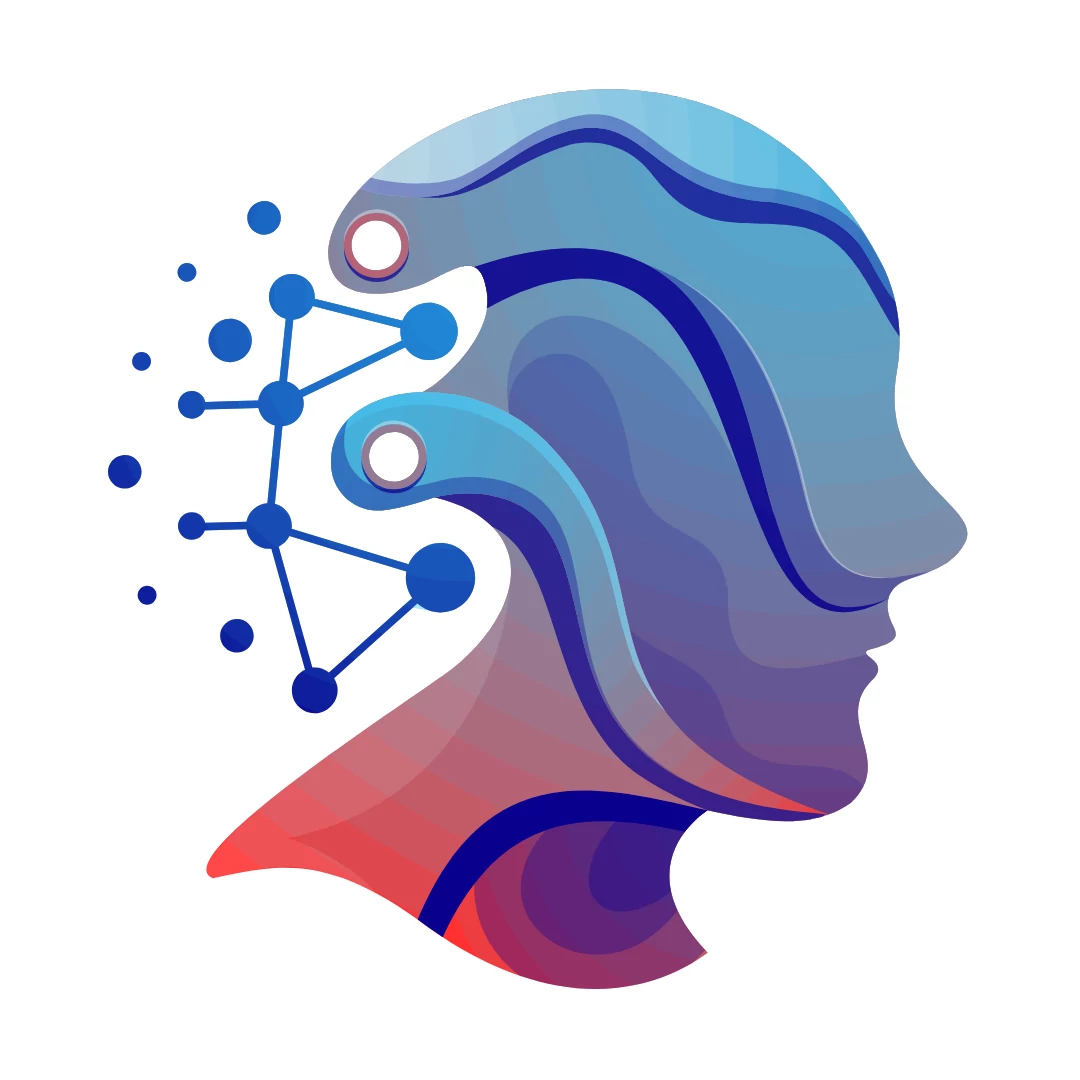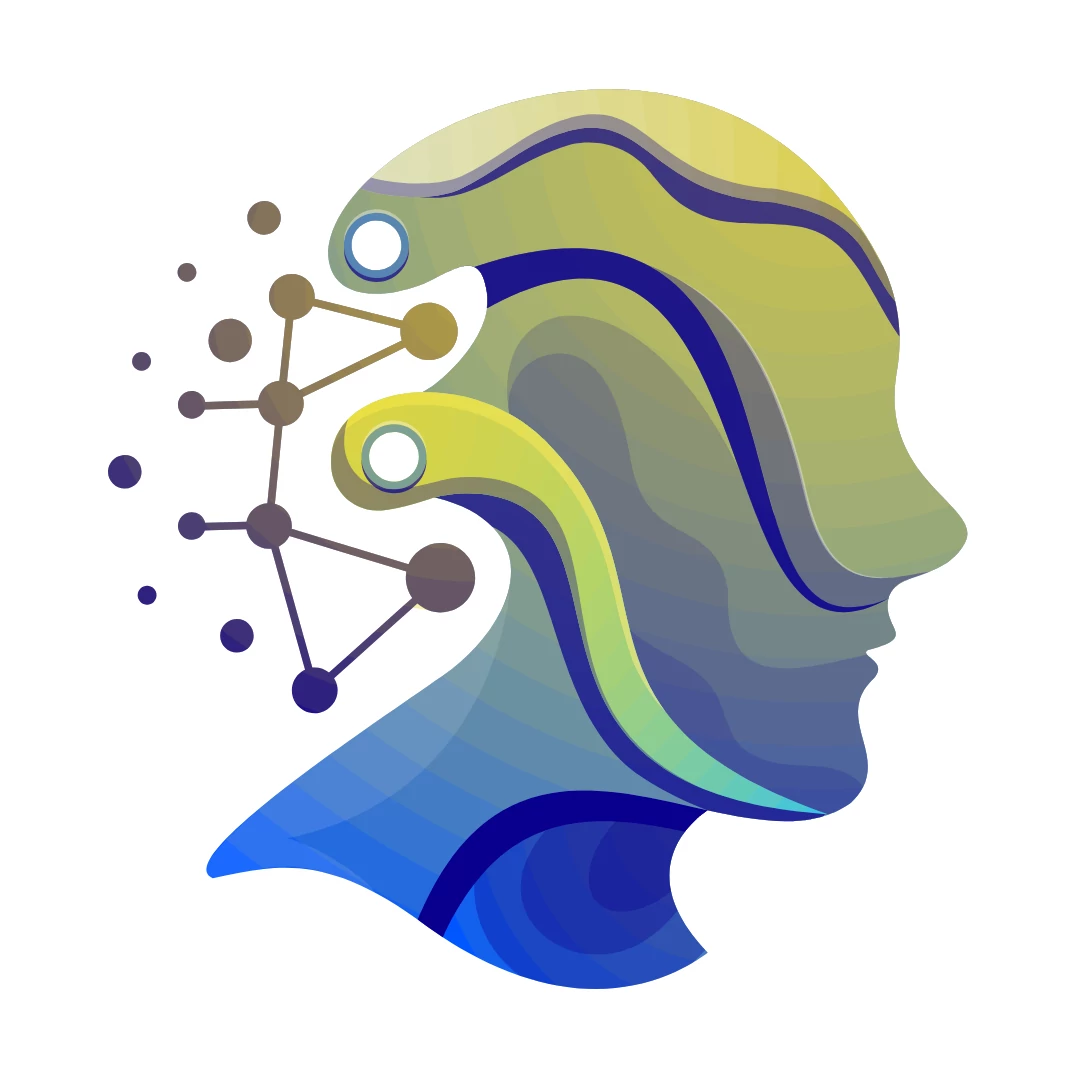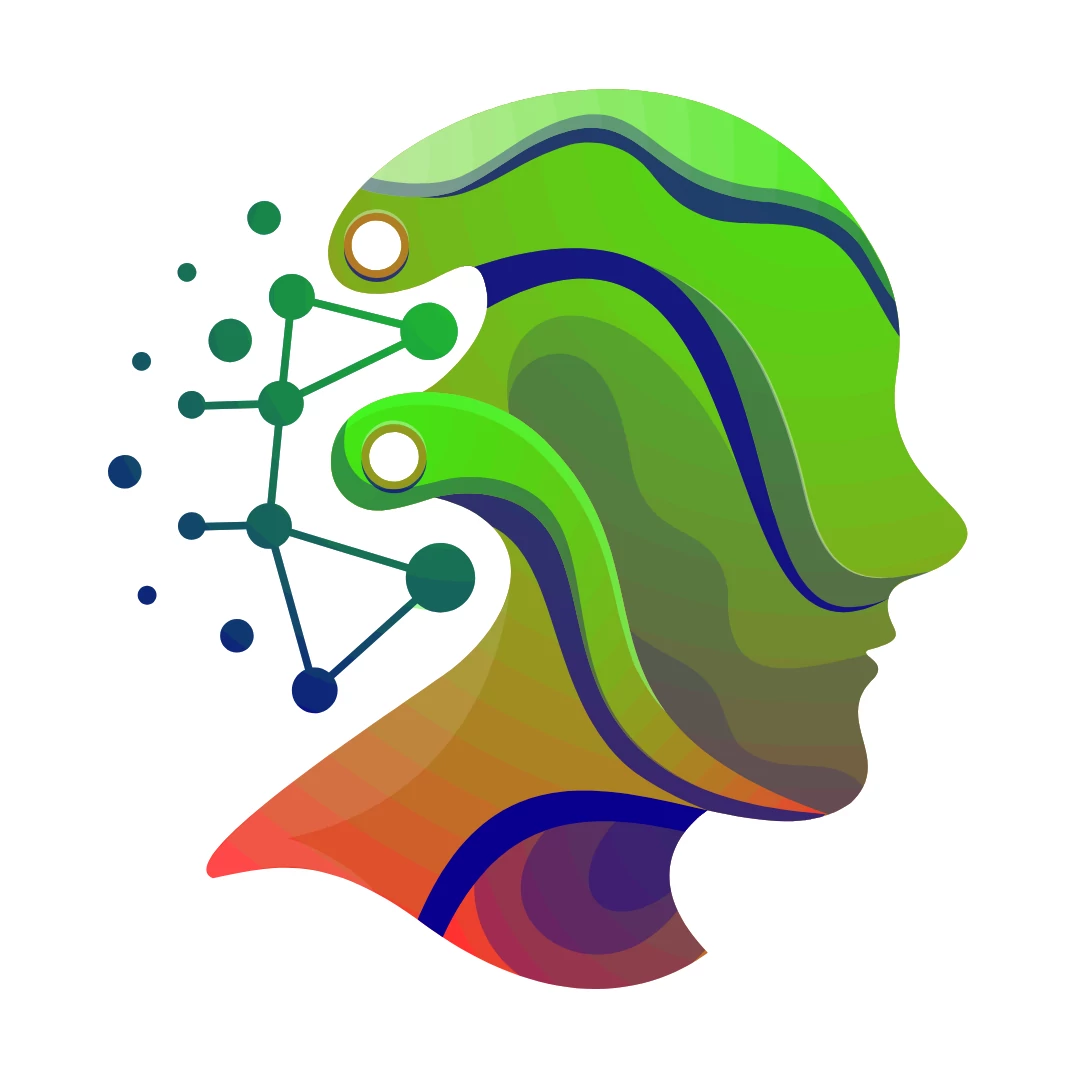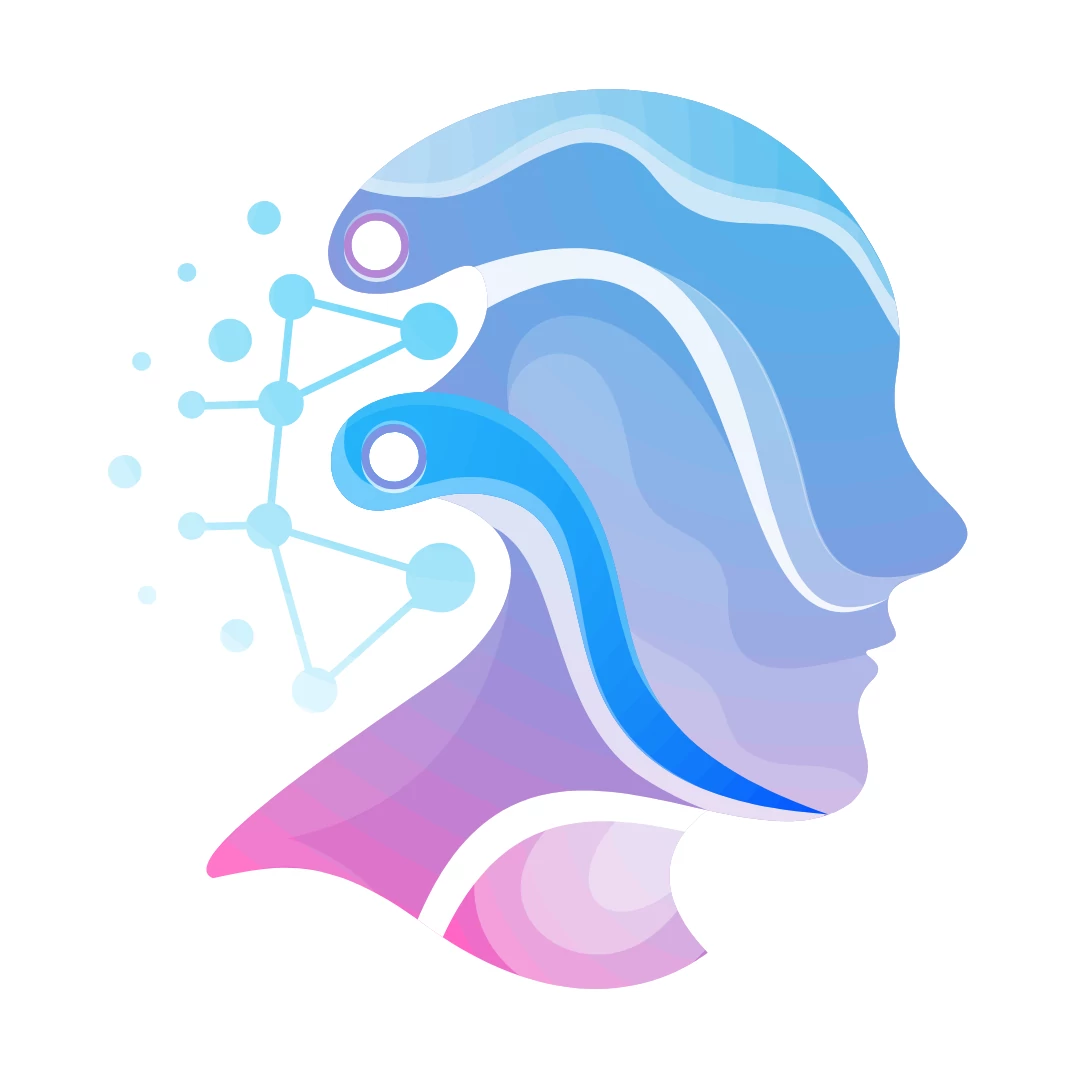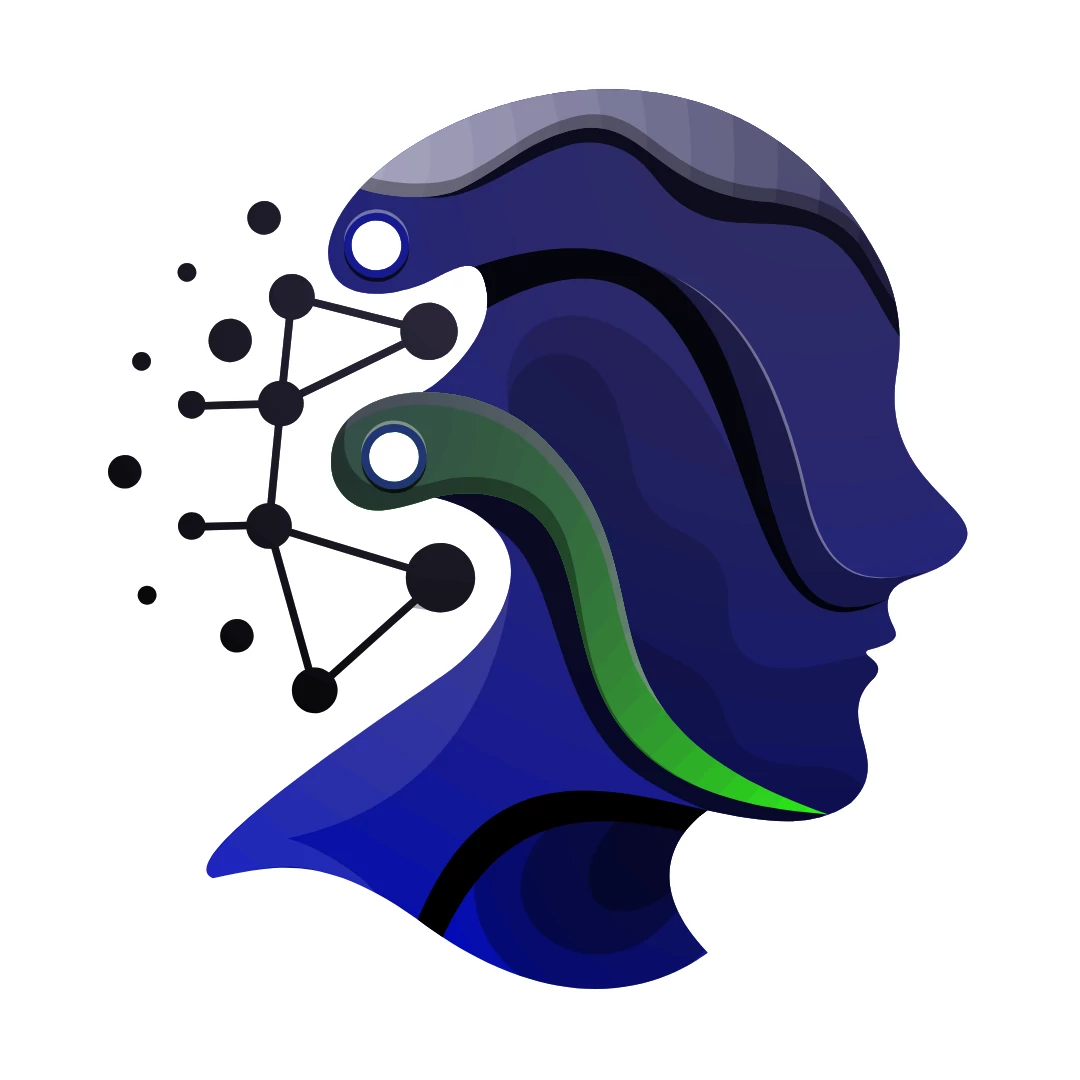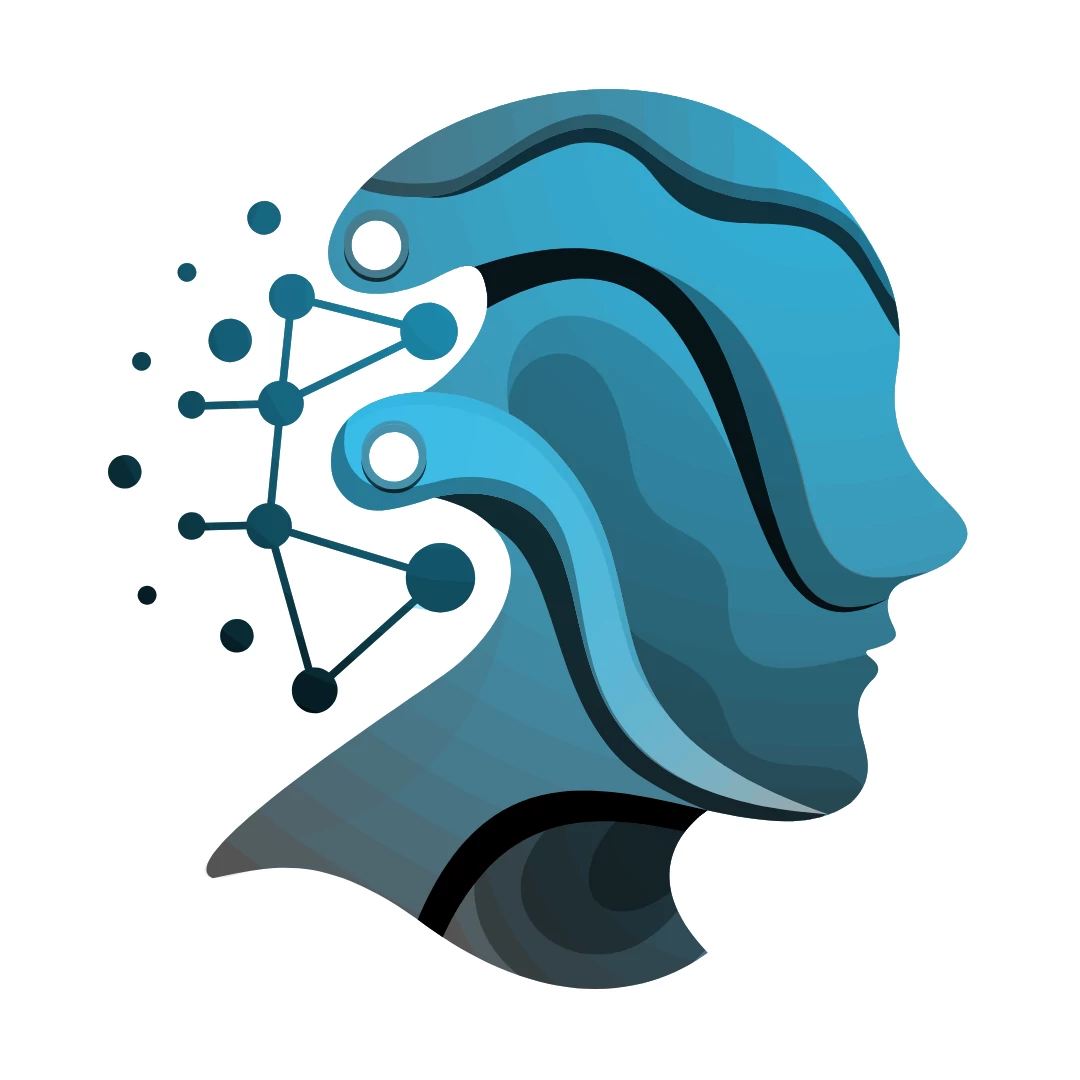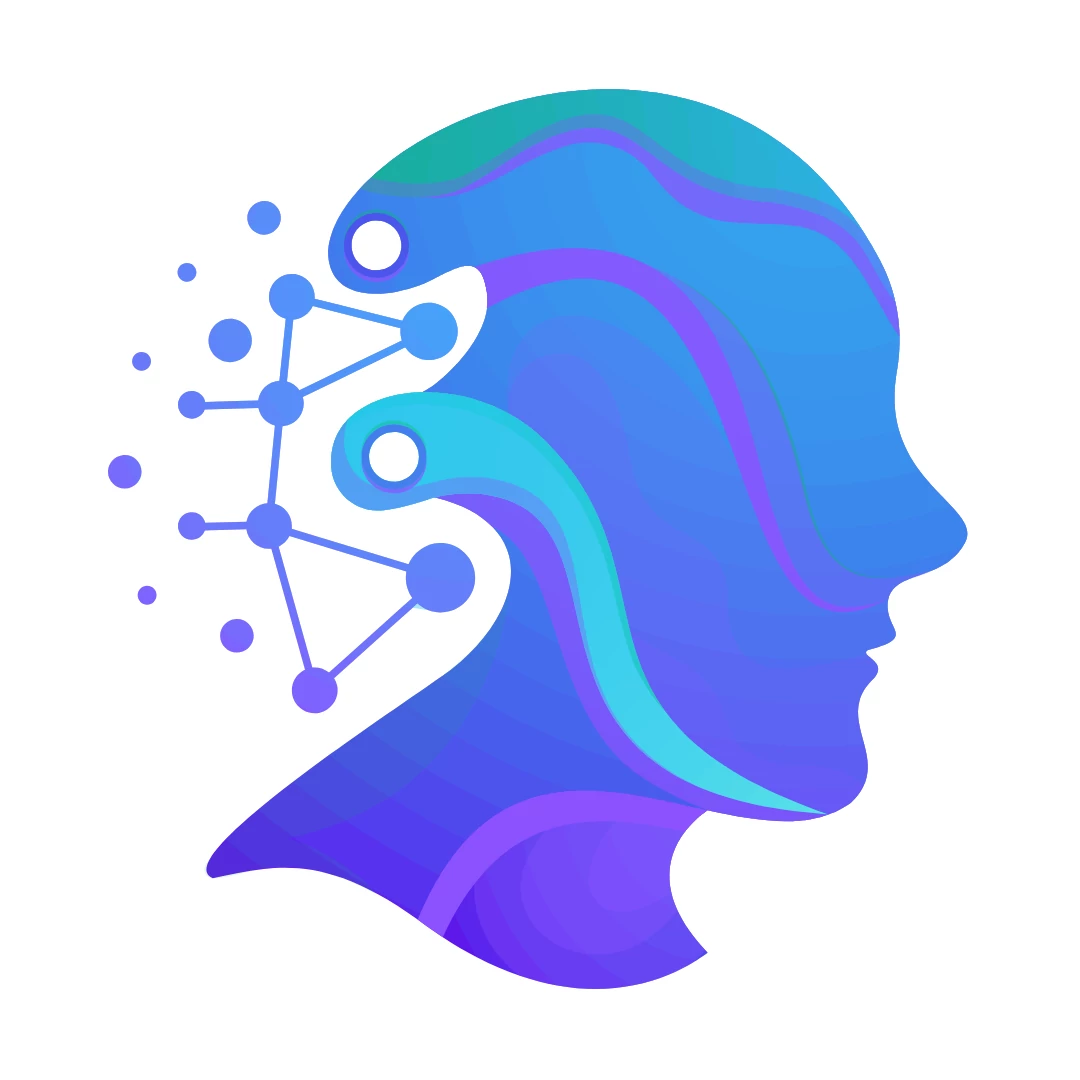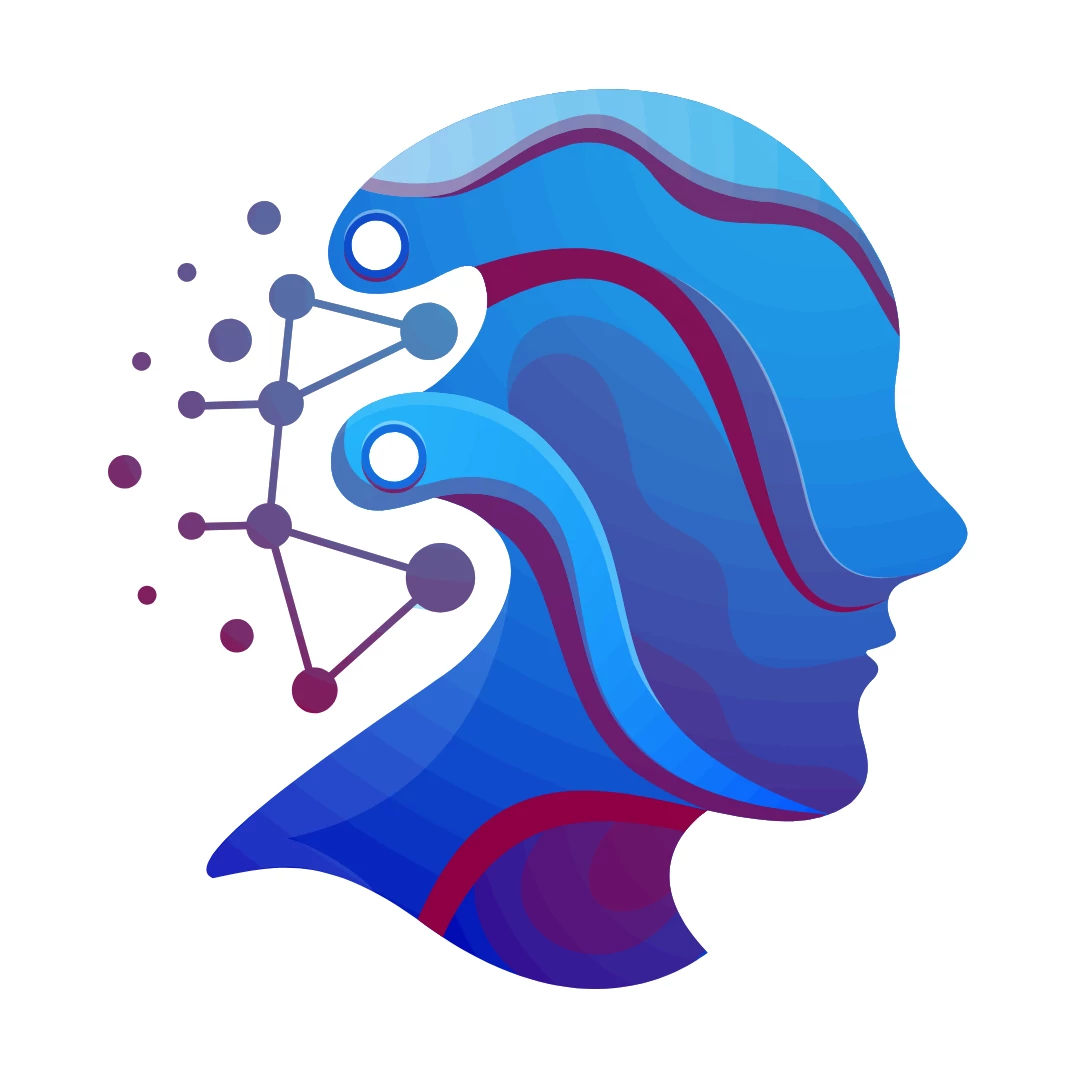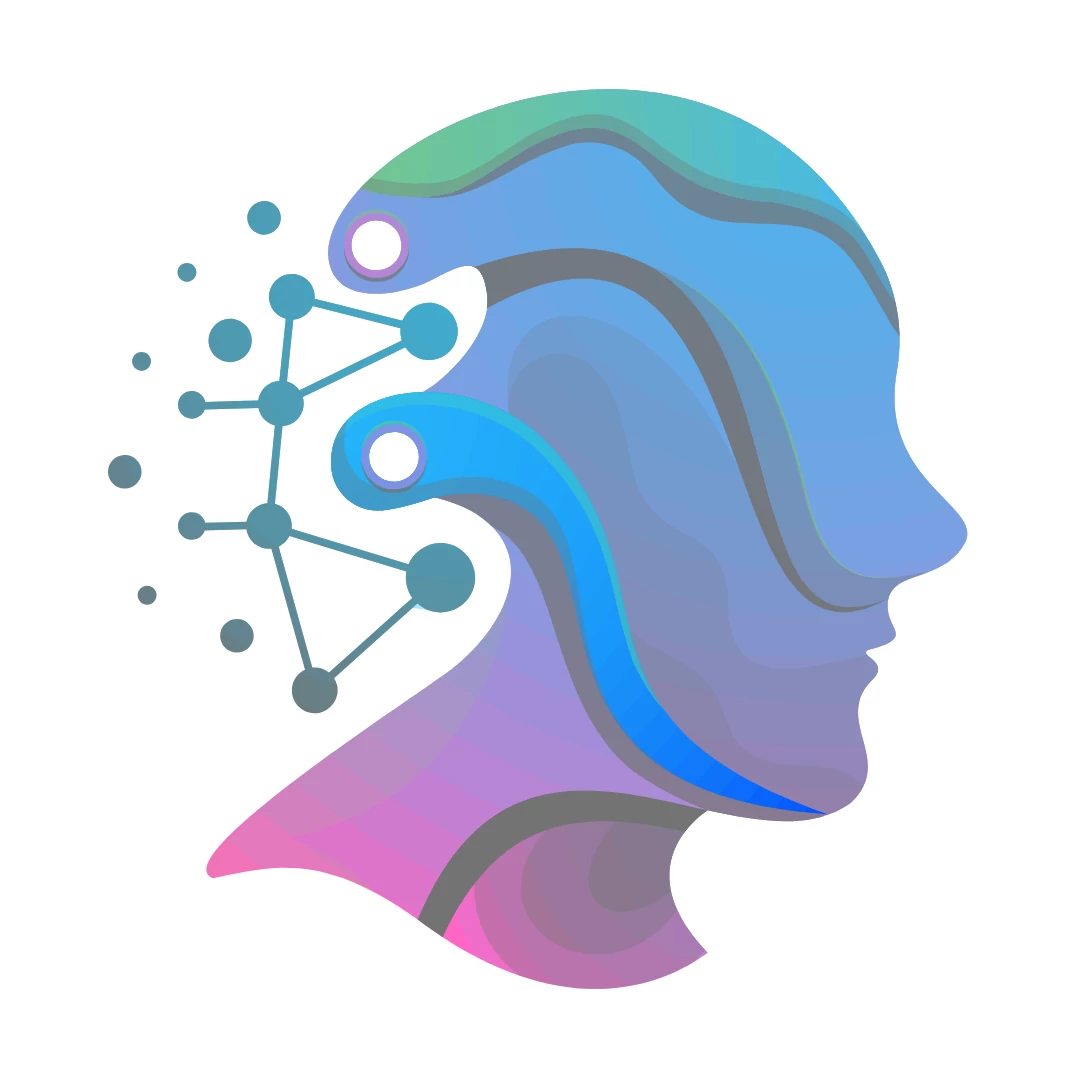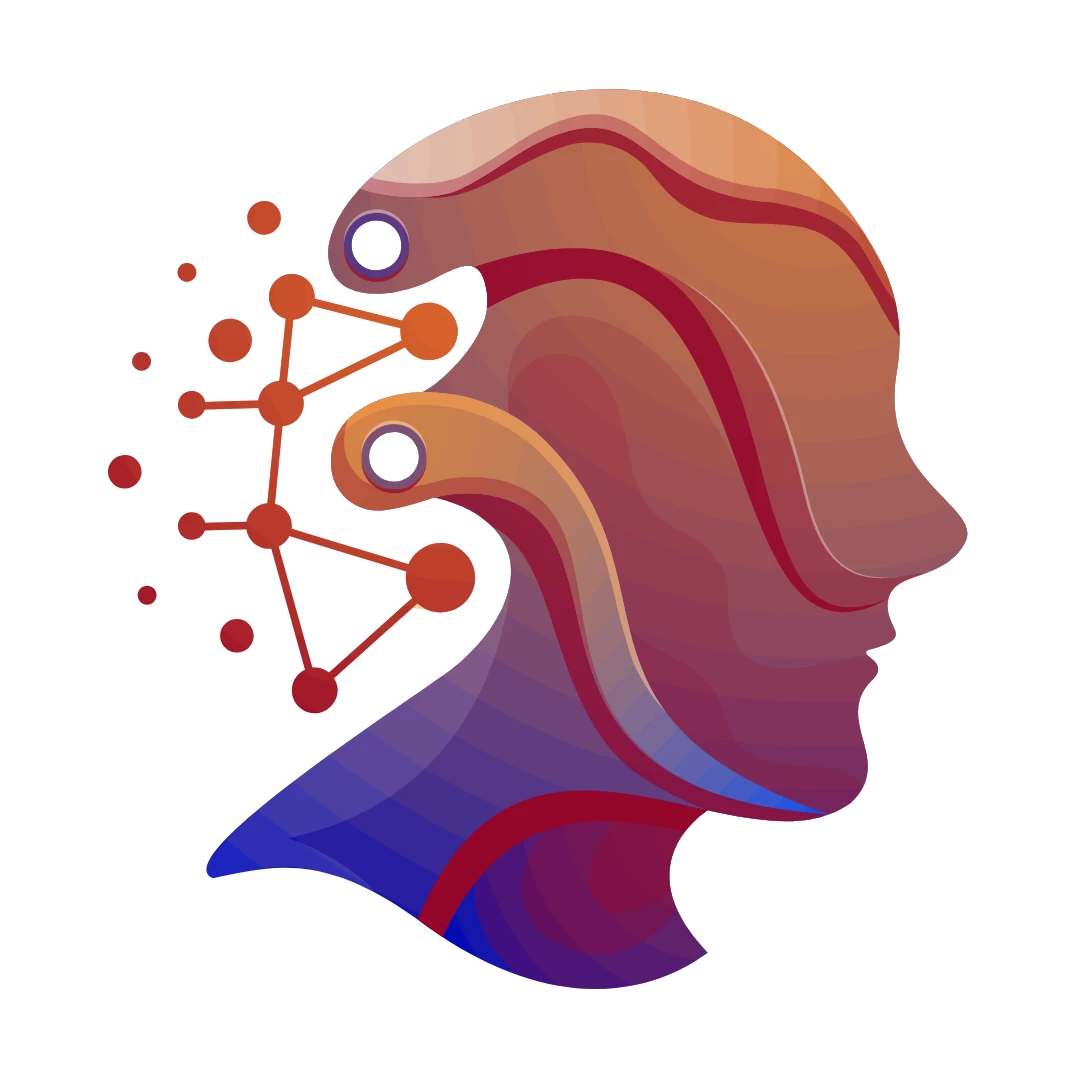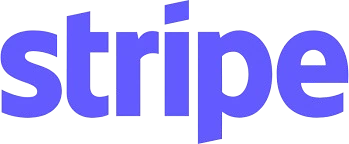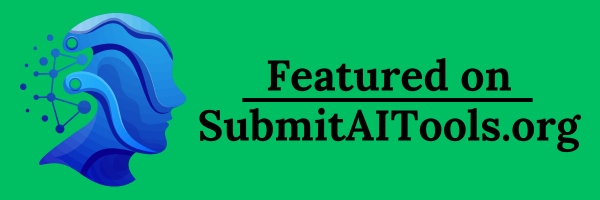SlateFrames AI
Turn Scripts into Stunning Visuals
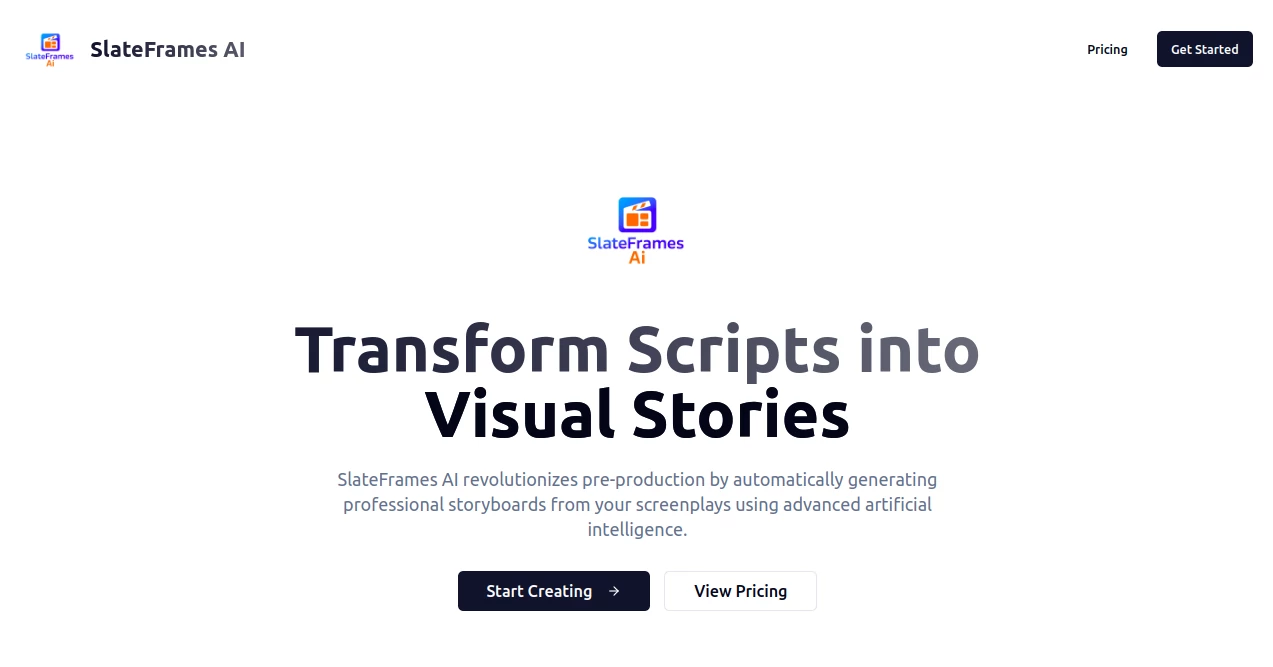
What is SlateFrames AI?
SlateFrames opens up a fresh way to bring written words to life, letting creators sketch out scenes from their stories with just a few details. This handy spot takes your ideas and spins them into eye-catching frames that capture the heart of the tale, making it easier to see how a plot might unfold on screen or page. Writers and filmmakers alike have found it a real time-saver, turning vague notions into something tangible that sparks the next step in their process.
Introduction
SlateFrames got its start when a handful of storytellers grew tired of staring at blank canvases, wishing for a nudge to visualize their drafts. It rolled out quietly but caught fire through shares from indie directors and novelists who needed a bridge between the keyboard and the big picture. In a short span, it's become a quiet favorite for those juggling multiple projects, praised for how it distills complex narratives into digestible snapshots. What draws people in is the way it honors the raw emotion of a script, delivering visuals that feel like natural extensions of the words rather than forced add-ons.
Key Features
User Interface
The landing page sets a welcoming tone with a central prompt area that invites you to paste text or jot notes, surrounded by subtle previews that hint at what's possible. As you add elements like mood or setting, thumbnails update on the fly, laid out in a grid that's easy to scan and rearrange. It's designed with the dreamer in mind, keeping distractions low so you can linger on the creative flow without hunting for hidden options.
Accuracy & Performance
It captures the essence of your description with a keen eye, rendering details like lighting or expressions that align closely with the script's intent. Outputs arrive promptly, often in under a minute, even for layered scenes, allowing for quick iterations that keep your momentum going. Users share how it rarely strays from the core vibe, making adjustments feel like polishing a gem rather than starting over.
Capabilities
From breaking down dialogue into sequential shots to infusing backstories with atmospheric touches, it handles the full arc of a narrative with grace. You can layer in character quirks or plot twists to see how they play visually, and it supports chaining frames into storyboards that tell the whole tale. Extras like style swaps let you test noir grit against sunny realism, broadening the toolkit for diverse storytelling needs.
Security & Privacy
Your drafts and generated views remain under your control, processed without lingering storage unless you opt to save them. It uses straightforward protections to keep inputs from wandering, ensuring that sensitive plot points or personal inspirations stay right where you left them. That layer of trust lets creators pour in without holding back, knowing the output is as private as the input.
Use Cases
Screenwriters map out pivotal moments, previewing tension builds that help tighten the pacing before revisions. Authors illustrate chapter hooks for pitch decks, giving agents a glimpse of the world's feel. Podcasters visualize episode arcs with frame sets that enhance listener guides. Even educators craft scene breakdowns for class discussions, turning abstract lessons into vivid examples that stick.
Pros and Cons
Pros:
- Bridges words and images seamlessly for clearer storytelling.
- Fast renders keep the creative juices flowing uninterrupted.
- Flexible styles adapt to any genre or tone on the fly.
- Simple entry point welcomes beginners without overwhelming.
Cons:
- Detailed prompts yield better results than vague ones.
- Free limits might cramp extended sessions for pros.
- Occasional tweaks needed for hyper-specific visions.
Pricing Plans
A no-cost tier gives you a taste with a few frames per day, perfect for casual explorations. Step up to the creator pass for around ten dollars monthly, unlocking unlimited generations and higher resolutions. Teams can grab the pro bundle at thirty, adding collab shares and custom themes. All come with a trial window to test the waters, and yearly saves a bit on the long haul.
How to Use SlateFrames
Start by signing in and pasting your script snippet into the main field, then sprinkle in notes on key actions or feels. Choose a visual style from the dropdown, hit create, and browse the resulting set of frames. Pick standouts to refine or sequence into a board, then download or export for your toolkit. Revisit saved projects to build on them, layering new layers as the story grows.
Comparison with Similar Tools
Unlike broad image makers that cast wide nets, SlateFrames tunes in tight to narrative beats, though it might not roam as freely in abstract art. Against manual sketch apps, it's quicker for concept dumps, skipping the drawing pains for instant feedback. It holds its own for story-focused folks, offering depth in sequences where others stop at singles.
Conclusion
SlateFrames lights a path from penned lines to pictured worlds, empowering creators to see their visions take hold before the ink dries. It turns the solitary act of writing into a more vivid pursuit, where ideas gain shape and stories find their stride. As narratives keep unfolding in new mediums, this tool stands ready, a faithful ally in crafting tales that resonate long after the page turns.
Frequently Asked Questions (FAQ)
What types of scripts does it handle best?
Film outlines and short stories shine, but any descriptive text works well.
Can I edit frames after generation?
Refine with follow-up prompts or style shifts for tailored tweaks.
How many frames per script?
Typically five to ten, adjustable based on your input length.
Is it mobile-friendly?
Yes, the interface adapts for on-the-go brainstorming.
What file formats for exports?
PNG sequences or PDF boards, ready for print or share.
AI Script Writing , AI Story Writing , AI Text to Image , AI Photo & Image Generator .
These classifications represent its core capabilities and areas of application. For related tools, explore the linked categories above.
SlateFrames AI details
This tool is no longer available on submitaitools.org; find alternatives on Alternative to SlateFrames AI.
Pricing
- Free
Apps
- Web Tools
